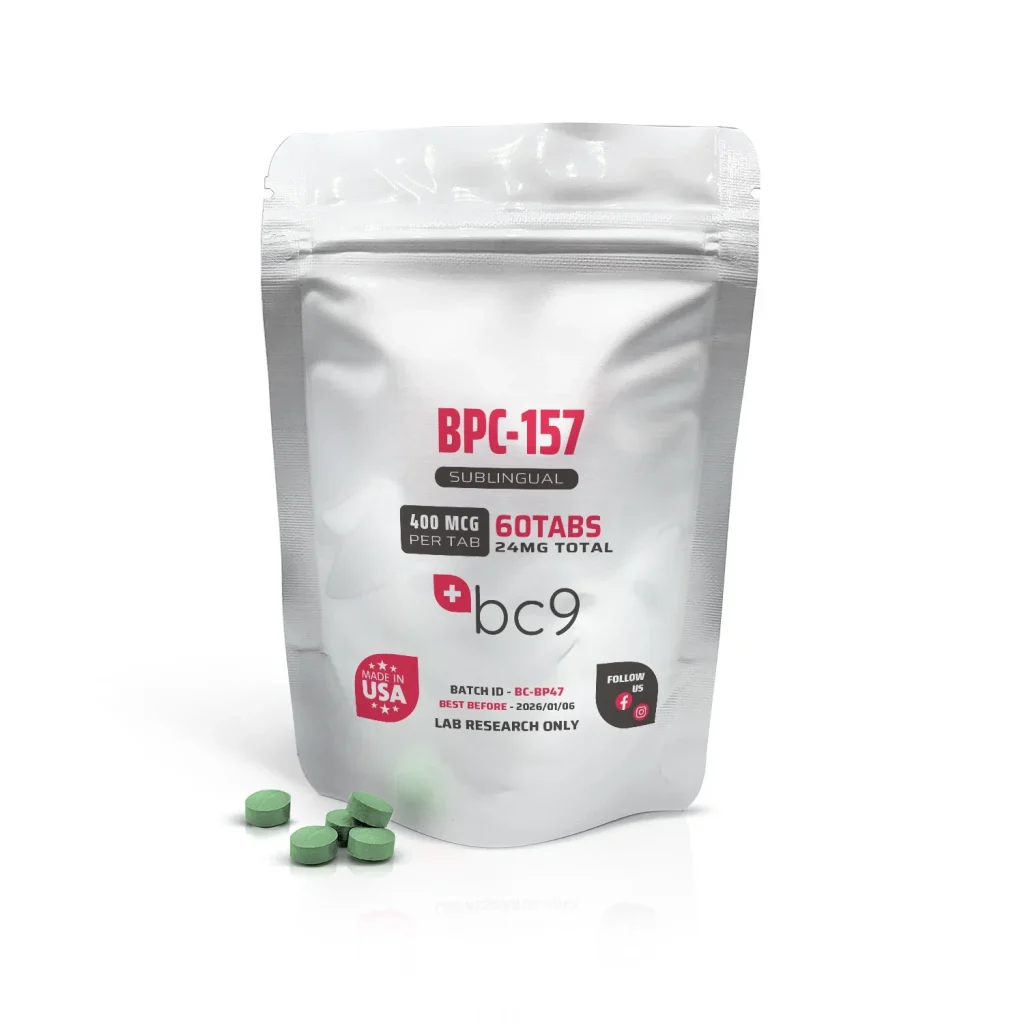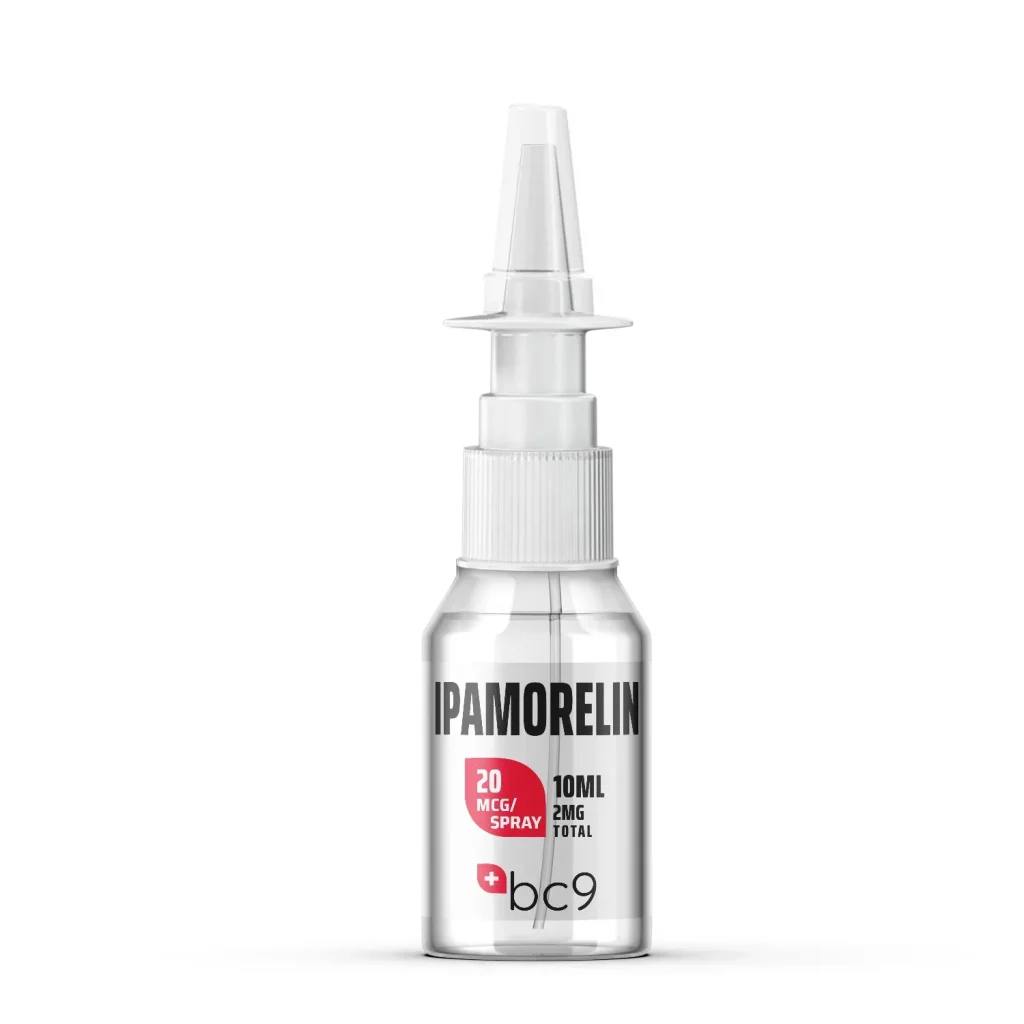No doubt you’ve already heard of peptides and know they’re a key ingredient in many skincare and anti-aging research treatments. However, the term “peptide” is still quite mysterious and full of unknowns. It’s a vast field of research that’s still unfolding, and understanding it is crucial. We’re here to explain healing peptides and give you all the details you need.
Peptides play vital roles in the human body, serving as organic compounds formed by combining amino acids. Beyond their chemistry, peptides hold profound implications for health, particularly in their potential healing effects.
Over the past two decades, scientific research into peptides has made remarkable discoveries. These studies explore their properties and effects on the body’s systems, revealing promising avenues for medical advancements in a relatively short span.
Numerous healing peptides have been identified, developed, and refined, each exhibiting exceptional properties derived from natural sources such as human plasma, saliva, and urine. They represent a transformative approach to treating various diseases and mitigating the effects of aging. Studies show that peptides can potentially enhance heart function, slow aging processes, prevent neurological disorders, accelerate wound healing and skin regeneration, increase bone density, reduce inflammation, and aid in cartilage regeneration, among other potential benefits.
Here, we introduce some of the most compelling healing peptides, providing insights into their roles in tissue, cell, and organ regeneration and healing, driven by ongoing peptide research and innovation.
Well Known Healing Peptides
AOD 9604 – Weight Loss Research
AOD 9604, derived from a fragment of human growth hormone (hGH), is studied for its potential impact on metabolism, particularly in weight loss and fat metabolism. It is believed to enhance the breakdown of stored fat and the utilization of fatty acids for energy.
In a 2015 study, AOD 9604 was found to potentially mimic the fat-burning effects of growth hormone without the risk of diabetes-like side effects. This supports the notion that the peptide could replicate growth hormone actions, potentially aiding fat metabolism by preventing the conversion of non-fatty foods into body fat. [R]
BPC-157 – Tissue Repair Research
BPC-157 is a peptide derived from a partial sequence of a protective compound found in human gastric juice. Research indicates that BPC-157 has the potential to significantly enhance the healing capacity of various tissues, including muscles, tendons, and the nervous system.
A study as far back as 1997 further supports this by investigating BPC-157’s effects on key elements in the healing process, such as granulation tissue formation, collagen synthesis, angiogenesis, and tensile strength development. Using three experimental rat models, the study found that BPC 157-treated animals showed significant improvements over controls in all experiments. These positive results were achieved through various routes of application, highlighting BPC-157’s potential as a versatile therapeutic agent. [R]
Ipamorelin – Body Composition and Bone Regeneration
Ipamorelin is a research peptide known for stimulating the release of growth hormone (GH). Composed of five amino acids, it’s often grouped with CJC 1295, but they are distinct compounds. Ipamorelin mimics ghrelin, a gut hormone that influences food intake, fat storage, and GH release. By binding to the ghrelin receptor (GHSR) in the brain, it has the potential to selectively stimulate GH release from the pituitary gland.
Studies have shown that Ipamorelin along with GH-releasing peptide-6 (GHRP-6) can increase bone mineral content in adult female rats. Both peptides were found to enhance total, tibial, and vertebral bone mineral content, as well as tibial bone mineral density. [R]
Another study highlighted Ipamorelin’s potential to counteract the catabolic effects of glucocorticoids on skeletal muscle and bones, showing that it helped maintain muscle strength and bone formation in GC-injected rats. [R]
Semax – Immunity and Cognitive Research
Semax is a synthetic analog of the adrenocorticotropic hormone (ACTH) fragment 4-10, developed in Russia during the 1980s to potentially prevent and treat circulatory disorders and acute cerebral hypoxia, such as that caused by traumatic brain injury.
Brain-derived neurotrophic factor (BDNF) is a protein produced in the central nervous system that supports neuron survival by aiding their growth and development. BDNF also plays a crucial role in synaptic plasticity, which is important for learning and memory. [R]
Evidence from animal studies suggests that Semax can stimulate BDNF synthesis. For instance, a study on rat brain focal ischemia indicated that Semax’s neuroprotective effects might result from its ability to influence genes related to the immune and vascular systems. [R]
Another notable clinical trial involved 100 patients recovering from ischemic stroke. Adding Semax to intensive conventional therapy significantly accelerated the restoration of damaged brain functions, particularly motor disorders, within just 5 to 10 days of treatment. [R]
TB-500 – Anti-Inflammatory and Wound Healing Research
TB 500 is a synthetic version of Thymosin Beta 4 (TB-4), a peptide naturally present in human and animal cells. TB-4 plays a key role in promoting angiogenesis, the formation of new blood vessels in dermal tissues. TB-500, like TB-4, consists of 43 amino acids and was initially developed for veterinary purposes, particularly for racehorses, to offer various therapeutic benefits. [R]
At the 7th International Congress of Allergy and Immunology, papers showed that TB-4 can speed up eye wound healing by boosting cell migration and reducing inflammation. [R]
Another study found that recombinant TB-4 helps full-thickness skin wounds heal in mice by increasing cell growth and capillary formation. [R]
What Are the Benefits of Peptides?
Peptides, discovered through decades of research, can potentially play a crucial role in supporting the optimal functions of cells, tissues, and organs. This regenerative and healing character makes them valuable in medical science, with some peptides standing out for their exceptional properties and becoming the focus of drug development.
Our bodies have natural systems for regeneration and healing, but these can be disrupted by disease or aging. Peptides can potentially help restart these processes, enabling faster tissue recovery. They may optimize immune reactions, reduce inflammation, attract regenerative cells, and encourage cellular activity. Healing peptides thus have the potential to accelerate and rejuvenate the body’s regeneration processes.
Summary
The discovery of peptides and their properties has unlocked a whole world of new possibilities for healing and medical science. Their contributions to the regeneration, healing, and recovery of tissues, cells, and organs could be substantial in how we shape the future of medicine.








